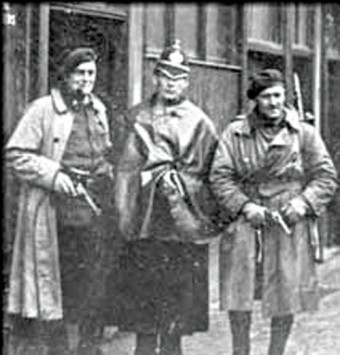Search Results for 'Black and Tan'
14 results found.
‘ Prepared to fight and to die’ for Ireland
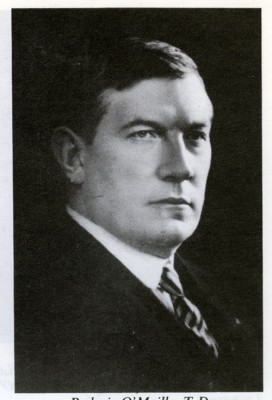
The general election of 1918 was also a plebiscite on the Easter Rising, two years previously. The Rising, and the destruction of the centre of Dublin, had been generally condemned. The Irish Parliamentary Party, under John Redmond, had been inching towards Home Rule; why bother with such violence? The belief was that the men and women of 1916 were brave, if foolhardy. Yet following the prolonged executions of the leaders, the massive round up of participants, and their imprisonment in Britain, a change of attitudes swept the country. This was perfectly illustrated in the election held on a bleak December day 1918. Sinn Féin had fielded candidates in every constituency. The campaign was vigorous and tough.
‘A long and dangerous night in Galway’
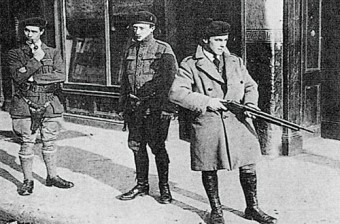
There was a fearful incident at Galway railway station on the evening September 8 1920. A larger crowd than usual waited for the Dublin train. The big story of the day was the Terrance McSweeney hunger strike in Brixton prison. The young Sinn Fein Lord Mayor of Cork was in his second month without food. The people of Ireland, and the Irish across the world, were totally focused on this drama. McSweeney died on October 25 after 74 days. The Dublin papers that evening would have had the latest health reports.
St Bride’s nursing home

St Bride’s was situated on Sea Road and was opened in 1916 by Dr William AF Sandys. He was soon joined by Dr Michael O’Malley and by Dr Joseph Watters, who was the anaesthetist. Both doctors Sandys and O’Malley lived in the Crescent, so it was very convenient for them. It was a private nursing and maternity home accepting medical, surgical, and maternity cases. Generations of Galwegians were born here, and many more would have had their tonsils out or their appendix removed here.
One hundred years of St Bridget’s Terrace

There can be few streets in this country that are as well documented as St Bridget’s Terrace. It was built 100 years ago on St Bridget’s Hill. The hill overlooked the town and was of great strategic and military importance. Both the Cromwellian and Williamite armies camped there when attacking Galway. During the 17th century, the hill was known as ‘Gottyganavy’. In 1710 the name had evolved to ‘Knocknegany’ and on Logan’s 1818 map of the city, it is depicted as Cnoc na Gainimhe (the Hill of Sand, or Sandpit Hill).
Galway 1910 - 1923, the changing years
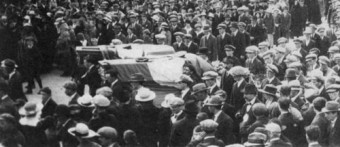
Early in 1916, Pádraic Pearse visited Athenry to discuss plans for the Rising. He wanted the Volunteers to hold the county at the River Suck at Ballinasloe, to capture Galway city, and then, if possible, to march on Dublin. There were several variations of this strategy, but whichever plan was finally agreed, its success depended on the Volunteers receiving modern weaponry. Up to then the men had been rehearsing with shotguns, and sticks. Pearse assured them that small arms, including assault rifles and machine guns, were on their way. They would arrive in Gort, and be distributed from there.
Galway table could sell for €170,000 at English auction

A table thought to have been acquired for Tyrone House in Galway is attracting considerable interest at an auction by one of the world’s oldest and largest sellers of fine art and antiques. Bonhams, the privately owned British auction house, estimate the table to be worth up to €170,000.
O’Toole’s house in the Claddagh
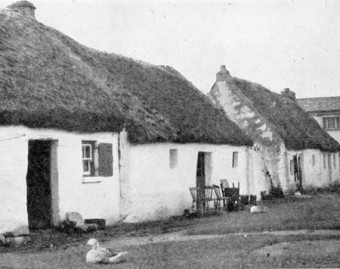
The house with the chairs outside was O’Toole’s near the top of Rope Walk in the Claddagh. The photograph was taken c1925. It was obviously a fine day because of the chairs being left out for people to sit in the sun. Beside them you can see a washing tub, and on the front of the house to the right, there is some washing hanging out to dry. Occasional geese can be seen sunning themselves. These were typical Claddagh homes before the village was knocked down and rebuilt.
